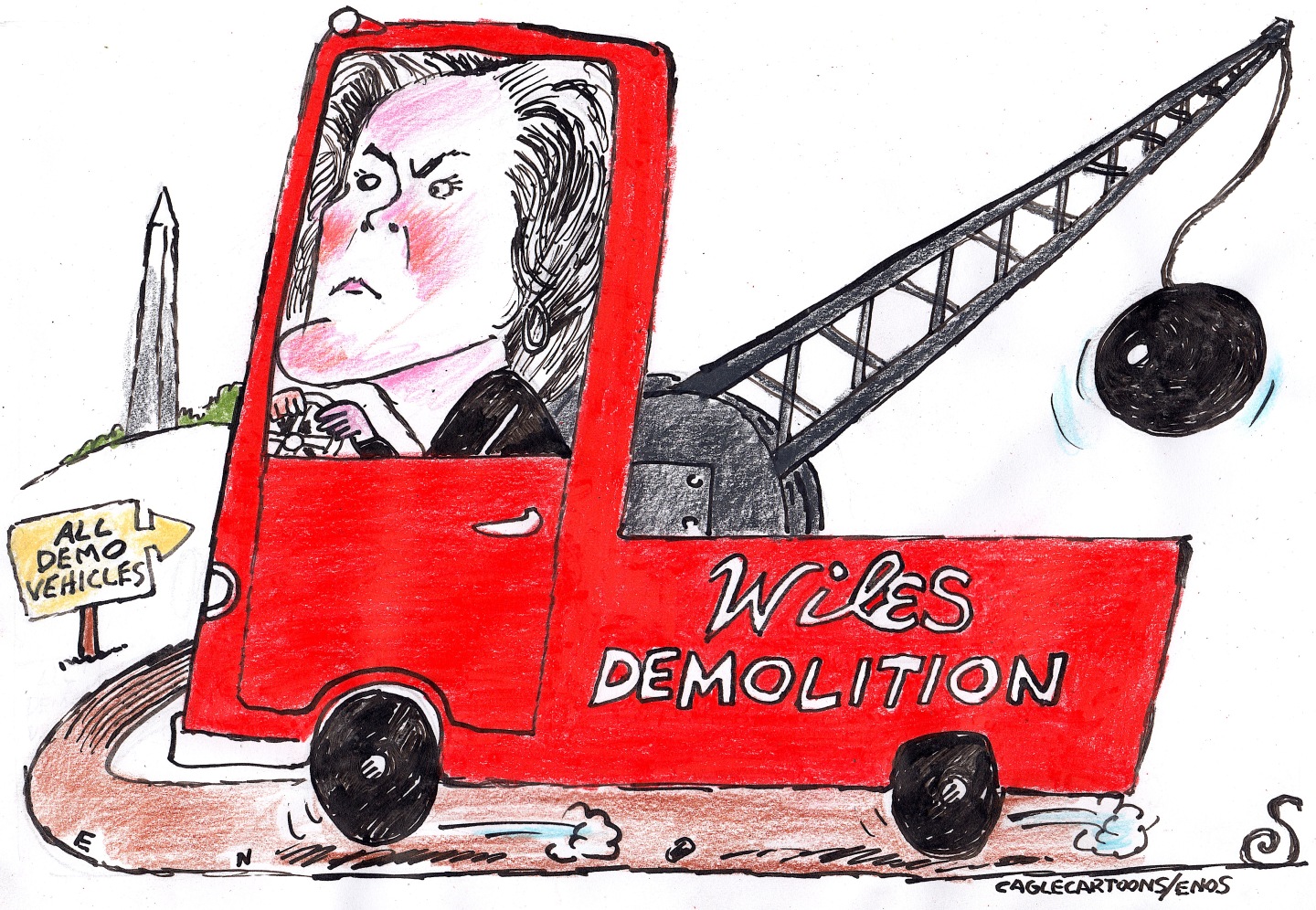Exhibit of the week: James Castle: A Retrospective
The first major retrospective exhibit of James Castle's work may establish him as the ultimate “outsider artist.”
The Art Institute of Chicago
Through Jan. 3, 2010
James Castle would seem to have been on the cutting edge of several 20th-century artistic movements, said Rachel Wolff in TheDailyBeast.com. In a life spanning 1899 to 1977, he created thousands of works. His drawings can be reminiscent of surrealism; text-based pieces seem “dutifully dada”; and countless collages and cardboard sculptures “use the same language as pop.” Yet in fact, “Castle had no known knowledge of art history or modernism.” Born deaf, he never learned to read, write, or speak, “and only once did he ever leave his home state of Idaho.” This exhibition, the first major retrospective of his art, may establish Castle as the ultimate “outsider artist.” Cut off from communication with the outside world, he lived almost entirely in a visual universe of his own making.
The Week
Escape your echo chamber. Get the facts behind the news, plus analysis from multiple perspectives.

Sign up for The Week's Free Newsletters
From our morning news briefing to a weekly Good News Newsletter, get the best of The Week delivered directly to your inbox.
From our morning news briefing to a weekly Good News Newsletter, get the best of The Week delivered directly to your inbox.
“When discussing ‘outsider’ artists, the temptation is to rely on quirky biography as a predominant critical device,” said Erik Wennermark in Chicago’s Newcity. But that’s a condescending attitude. It wasn’t so much Castle’s deafness as his lack of access to decent art supplies that drove the most distinctive element of his work—his “supremely inventive use of odd materials.” Working with whatever he could scrounge in his family’s remote farmhouse, “Castle was like an art MacGyver, using soot and spit, the dye off wet crepe paper, ice cream cartons, and really whatever he could get his hands on.” He employed the soot and spit as ink for his drawings, and his three-dimensional “constructions”—often human figures—incorporated “found” objects such as “light sockets or even chairs.” The resulting body of work is distinctive and fascinating enough to “speak for itself.”
Yet it would be foolish to deny that Castle’s disability affected his art, said Lynne Cooke in Artforum. The key factor was not his deafness but instead his extreme social isolation. He was fascinated by people: Besides creating all those cardboard humans, he made countless drawings of domestic scenes “replete with a quiet melancholia.” This exhibition rightly celebrates Castle’s heroic achievements in the face of many obstacles. Yet the celebratory tone can obscure the pain at the heart of this art. After all, that’s “what makes this work so exceptional—a worldview evidently rent by fractures and fissures, yet nonetheless, and against the odds, tenuously held in place.”
A free daily email with the biggest news stories of the day – and the best features from TheWeek.com
-
 5 fairly vain cartoons about Vanity Fair’s interviews with Susie Wiles
5 fairly vain cartoons about Vanity Fair’s interviews with Susie WilesCartoon Artists take on demolition derby, alcoholic personality, and more
-
 Joanna Trollope: novelist who had a No. 1 bestseller with The Rector’s Wife
Joanna Trollope: novelist who had a No. 1 bestseller with The Rector’s WifeIn the Spotlight Trollope found fame with intelligent novels about the dramas and dilemmas of modern women
-
 Codeword: December 20, 2025
Codeword: December 20, 2025The daily codeword puzzle from The Week
-
If/Then
feature Tony-winning Idina Menzel “looks and sounds sensational” in a role tailored to her talents.
-
Rocky
feature It’s a wonder that this Rocky ever reaches the top of the steps.
-
Love and Information
feature Leave it to Caryl Churchill to create a play that “so ingeniously mirrors our age of the splintered attention span.”
-
The Bridges of Madison County
feature Jason Robert Brown’s “richly melodic” score is “one of Broadway’s best in the last decade.”
-
Outside Mullingar
feature John Patrick Shanley’s “charmer of a play” isn’t for cynics.
-
The Night Alive
feature Conor McPherson “has a singular gift for making the ordinary glow with an extra dimension.”
-
No Man’s Land
feature The futility of all conversation has been, paradoxically, the subject of “some of the best dialogue ever written.”
-
The Commons of Pensacola
feature Stage and screen actress Amanda Peet's playwriting debut is a “witty and affecting” domestic drama.